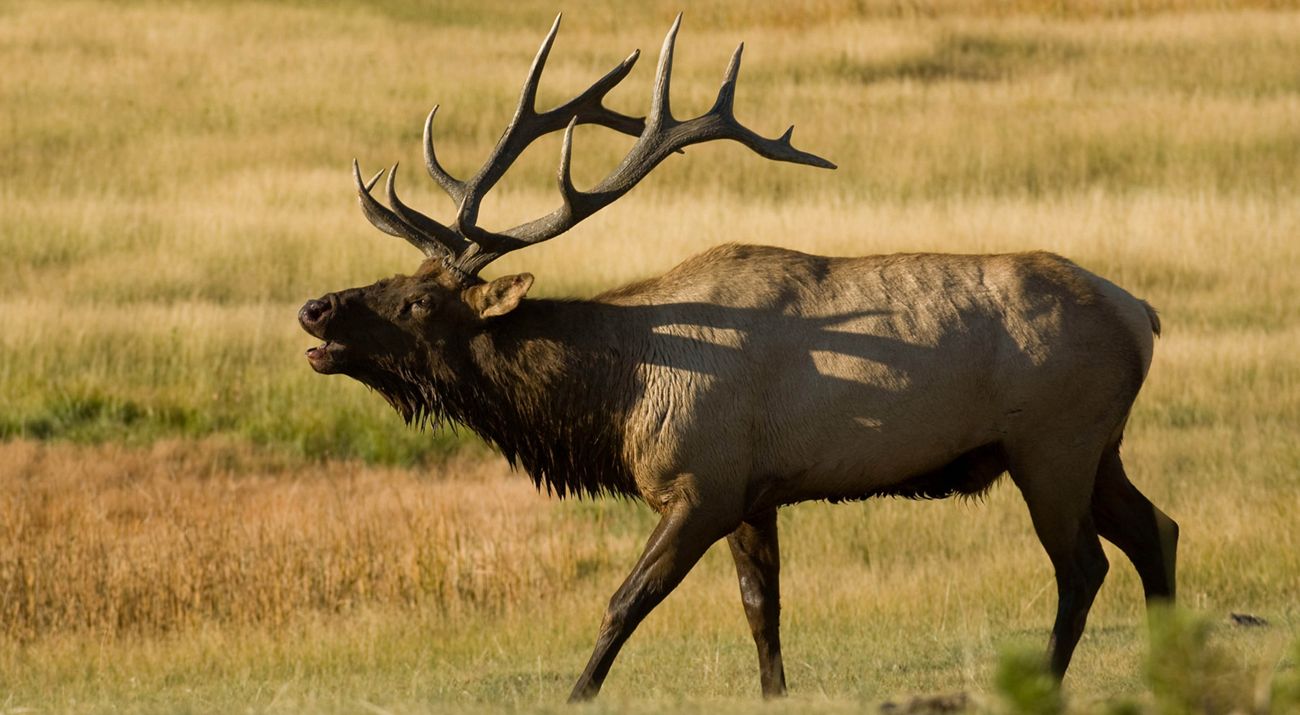Description
The Tallgrass Aspen Parkland region is a natural patchwork of trembling aspen, balsam poplar, prairies, and fens that encompass 1.2 million acres in Minnesota and Manitoba. The landscape is notable because so much of it is still intact—harboring vital populations of moose, gray wolf, black bear, sharp tailed grouse, yellow rail and sandhill crane. Cougar and elk are less common visitors here.
Glacial Lake Agassiz created this broad, unfragmented woodland-prairie mosaic which is the northernmost expression of the transition between tallgrass prairie and forest ecosystems. Identified as a "Last Great Place" by the Conservancy, a 140,000-acre landscape (in Kittson County, Minnesota, and two adjacent Manitoba municipalities) has become a priority for land acquisition and community-based conservation. Recognition of the landscape's nearly intact character and the potential for exploitation has brought new urgency to the task of conserving it for future generations.
Location
Northwest Minnesota
Why the Conservancy Selected This Site
In an unprecedented habitat preservation move, the state chapter purchased 9,748 acres here in 1999. Together with other parcels purchased in 1993, the Conservancy's managed site totals more than 13,000 acres. Named for one of the state's foremost conservationists, the Wallace C. Dayton Conservation and Wildlife Area forms the core of a new Conservancy preserve and connects two vital state wildlife management areas, thus preventing further habitat fragmentation and ensuring rich, open corridors for the free movement of large mammals like wolves, bears, moose and elk.
The large, unfragmented, dynamic ecosystem here offers an unprecedented conservation opportunity—to reintroduce fire on a large but controlled scale, and to promote sustainable agriculture in select areas that could improve or maintain biological diversity long-term.
What the Conservancy Has Done/Is Doing
The project gives the Conservancy an opportunity to implement its community-based conservation initiatives—hiring a local land steward (January 2000) and working with local residents, landowners and businesses to determine compatible economic use of some parcels. For example, hunting, pasture, or native seed production could occur on some acres, while others are deemed off limits to anything but passive recreation like birdwatching or hiking.
The Nature Conservancy will work in partnership with, among others: Minnesota Department of Natural Resources, Manitoba Department of Natural Resources, Manitoba Naturalist Society, Nature Conservancy of Canada, U.S. Fish and wildlife Service, and local soil and water conservation districts. Conservation easements, biological monitoring, a fire regime, and controlled hunting are other management tools used by the Conservancy, in cooperation with surrounding landowners.
